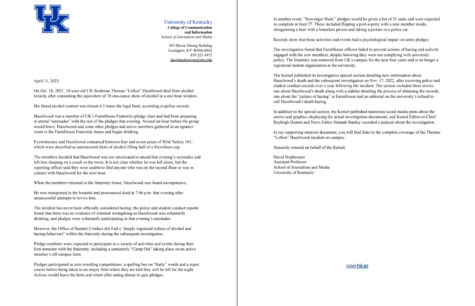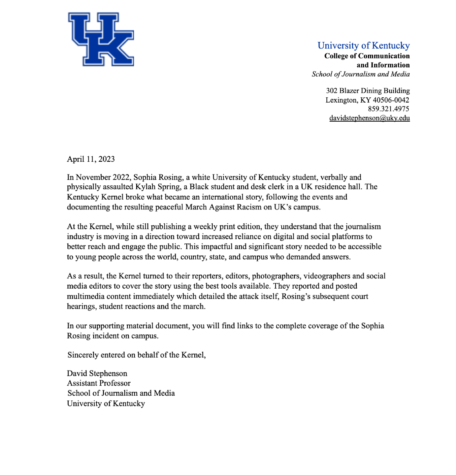Before COVID-19, There Was Tuberculosis
March 11, 2022
(BPT) – If you were to meet someone who works full-time as a dentist, spends the rest of her time with her husband and two young children and appears to be in good health, there would be no indication that just 10 years earlier she had been diagnosed with active tuberculosis (TB). When a Baltimore resident with Crohn’s disease was experiencing symptoms including high fever and chills, she assumed she was having a flareup. However, after receiving a chest X-ray at her primary care physician’s office, the results revealed a new diagnosis.
What ensued directly after receiving her TB diagnosis is a memory that Susan (patient’s name has been changed to protect her privacy) does not reflect on fondly. Due to the highly infectious nature of the disease, the hospital staff quickly masked up in N95s and immediately isolated her for two days while they determined the details of her condition. This experience instilled a sense of fear in Susan as she worried about the possibility of infecting others, such as her loved ones at home or her peers at her dental school.
About tuberculosis (TB)
Traditionally the most infectious disease in the world until COVID-19 came to the forefront in 2020, TB is an airborne, highly contagious disease caused by Mycobacterium tuberculosis. TB typically affects the lungs, but it can also cause disease in any part of the body, such as the lymph nodes, bones, brain, organs and eyes. Often, an individual’s body can harbor Mycobacterium tuberculosis without becoming sick, known as latent TB, when the bacterium in the body is inactive, causes no symptoms and is not contagious. Latent TB can persist for weeks, months or years before developing into active contagious disease. The symptoms of active TB include chronic cough, fever, chest pain, unexplained weight loss and, if severe, night sweats and even coughing up blood.
Most people with latent TB never develop active TB, but in some cases, especially in patients with weakened immune systems, the disease can reactivate. This was the case with Susan, who was initially diagnosed with latent TB when she moved to the United States and was screened upon arrival. Since latent TB is treatable, she received therapy for six months to avoid developing active disease. However, the immunosuppression caused by her Crohn’s disease eventually triggered the disease to become active.
Working toward recovery
After the health department was put in touch with Susan to monitor her medication intake and ensure her recovery process was on track, she was eventually introduced to Dr. S. Sonia Qasba M.D., MPH, an infectious disease specialist, who worked with her to create an appropriate treatment regimen based on her unique condition. Due to her Crohn’s disease, Susan was at a higher risk for hepatitis, and her treatment plan had to be changed at one point because she continued to feel very ill.
While receiving treatment and working toward recovery, Susan was completing her first year of dental school and studying for her first set of dental board exams. “I remember feeling overwhelmed by attempting to balance my therapy with my academic and professional life. Thanks to the support of my family and feeling comfortable enough to openly communicate with my doctor, I was eventually able to recover after about nine months of treatment and successfully passed my exams.”
Preventing tuberculosis
According to the World Health Organization, every year 10 million people fall ill with TB. Despite being a preventable and curable illness, 1.5 million people die from TB each year, making it, until the COVID-19 pandemic, the world’s top infectious disease killer. And about one-quarter of the world’s entire population is estimated to be infected with Mycobacterium tuberculosis.
Qasba believes that greater awareness around TB and TB testing is key to eradicating the disease by treating latent TB cases before they become active. While the traditional 100-year-old skin test can often lead to misinterpreted results and require patients to come to their doctor’s office multiple times, Qasba instead recommends using QuantiFERON TB Gold Plus (QFT-Plus). Equipped with advanced technology that yields more accurate results, QFT-Plus is both a more reliable and easier option, as it only requires a single patient visit.
If a patient tests positive for latent TB, Qasba recommends receiving therapy after being diagnosed. “Since there is always the possibility of reactivation of the disease later in life, it’s important to closely monitor your health and communicate with your doctor often and thoroughly regarding any concerning symptoms or changes that might be occurring,” suggests Qasba. She also notes that many people might assume that if they received the TB vaccine early in life, they maintain immunity. However, the vaccine simply prevents dissemination of TB for young children.
That is why it is critical for people at increased risk, such as those with compromised immune systems from diseases like HIV or taking immunosuppressant medications like Susan did, be tested for TB with QFT-Plus before it becomes active, allowing treatment to be administered while in its latent phase.
To learn more about latent and active tuberculosis, as well as testing options, visit https://www.quantiferon.com/us/products/quantiferon-tb-gold-plus-us/patient-resources/.

















































































































































